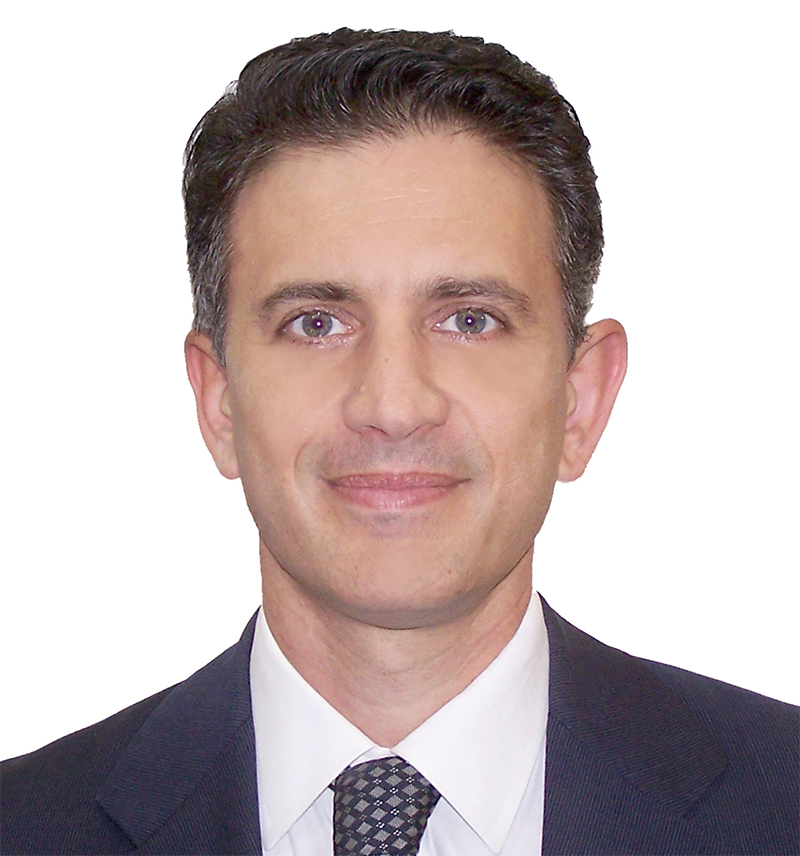IEEE ICCE 2020
Keynotes
Challenges in Realizing the Exabit Optical Communication Infrastructure using 3 “Multi” Technology
by Masataka Nakazawa
Research Organization of Electrical Communication, Tohoku University
2-1-1 Katahira, Aoba-ku Sendai-shi, Miyagi 980-8577, Japan
Abstract
The capacity of the optical communication infrastructure in backbone networks has increased a thousand-fold over the last twenty years. Despite this rapid progress, Internet traffic is continuing to grow at an annual rate of 40%. This means that in twenty years, we will need Petabit/s or even Exabit/s optical communication. In this talk, I present recent challenges and efforts toward achieving a hardware paradigm shift to overcome the capacity limitation imposed by the current optical communication infrastructure. I will overview the latest advances on the three “multi” technologies, i.e. multi-level transmission with ultrahigh spectral efficiency, space division multiplexing in multi-core fibers, and mode division multiplexing with MIMO (multiple-input multiple-output).
Biography (Masataka Nakazawa)

|
After receiving his Ph. D. from the Tokyo Institute of Technology, Dr. Nakazawa joined NTT Laboratories in 1980. He was a visiting scientist at MIT in 1984. In 2001, he was appointed professor at Tohoku University, where he became the director of the Research Institute of Electrical Communication. He has been a distinguished professor since 2008. He was the president of the Electronics Society of the IEICE, a director at large of OSA, and a board member of the IEEE Photonics Society. He engaged in research on optical solitons, ultrahigh-speed transmission, and ultrashort pulse lasers that led on from his invention of the compact EDFA. His recent research is focused on digital coherent transmission. He has published 490 papers and presented 360 international conference presentations. He has received many awards including the Purple Ribbon Medal, the Japan Academic Prize, the IEEE Quantum Electronics Award, and the OSA Charles Hard Townes Award. Dr. Nakazawa is a Fellow of the OSA, IEEE, IEICE, and JSAP. |
Transitions allow for Adaptivity of Future Communication Systems
by Ralf Steinmetz
Technical University of Darmstadt, Germany
Abstract
The existence and the extensive use of suitable transitions will be an innovative prerequisite for future communication systems. In a nutshell, transitions enable adaptivity in communication systems at runtime through exchanging communication mechanisms in a running system to optimize the communication quality. Its aim is to be more adaptive to changes, particularly during ongoing operations.
For instance, this could facilitate the ability to stream a video on a smartphone in high-quality and without interruptions despite busy or overloaded mobile networks. Users could rely on a steady and reliable reception even when attending festivals or crowded sporting events. The formalization of transitions is built upon: (1) capturing the features and relations within a communication system, (2) expressing and optimizing individual and global quality metrics of such a system.
As shown in https://en.wikipedia.org/wiki/Transition_(computer_science) - for some further readings - we introduce these transitions in the context of media streams. An instantiation of a transition-based 360-degree video streaming system is the challenging example in the networking context. Transitions between sensor- and content-based predictive mechanisms allow to significantly optimize objective Quality-of-Experience (QoE) metrics.
Biography (Ralf Steinmetz)

|
Prof. Dr.-Ing. Ralf Steinmetz is a full professor at the Department of Electrical Engineering and Information Technology as well as at the Dept. of Computer Science at the Techn. Univ. Darmstadt, Germany, see www.kom.tu-darmstadt.de. Since 1996, there he is managing director of the “Multimedia Communications Lab”; until end of 2001, he directed a Fraunhofer Institute. In 1999, he founded the Hessian Telemedia Technology Competence Center (HTCC); there he holds a chair position. For nearly 10 years he has served as Hessian’s advisor for information and communications technology. He is a member of the Scientific Council and president of the Board of Trustees of the international research institute IMDEA Networks, Madrid, Spain. Currently he has been awarded with a Chair of Excellence at the Univ. Carlos III de Madrid. He is the author and co-author of more than 800 publications. He has edited and co-written a multimedia course which reflects the major issues of the first in-depth technical book on multimedia technology. He is the editor-in-chief of ACM TOMM and has served as editor of various IEEE, ACM and other journals. He was awarded as Fellow of both, the IEEE and the ACM. |
Widely-Adaptive Intelligent & Connected Systems for Nearly-Unstoppable Operation under Highly Uncertain Power Availability
by Massimo Alioto
National University of Singapore, Singapore
Abstract
Wide power-performance adaptation has become crucial in always-on nearly real-time and energy-autonomous integrated systems that are subject to wide variability in the power availability and the performance target. Wide adaptation is indeed a prerequisite to assure continuous operation in spite of the widely fluctuating energy/power source (e.g., energy harvester), and to grant swift response upon the occurrence of events of interest (e.g., on-chip data analytics), while maintaining extremely low consumption in the common case. These requirements have led to the strong demand of a new breed of integrated systems having an extremely wide performance-power scalability and adaptation, so that they can relentlessly operate without interruption in spite of the highly-uncertain power availability of ubiquitously deployed integrated systems.
In this talk, new techniques that drastically extend the performance-power scalability of digital circuits and architectures are presented. Silicon demonstrations of better-than-voltage-scaling adaptation to the workload are illustrated for both the data path (i.e., microarchitecture) and the clock path. Adaptation to a very wide range of energy/power availability is also discussed, presenting demonstrations of always-on systems (e.g., microcontrollers, power management units) with power down to sub-nW, and duty-cycled operation down to pW range. As an orthogonal design dimension, “just-enough” adaptation to the application-level quality requirement is shown to further extend the performance-power range by an order of magnitude or more. Several silicon demonstrations are illustrated to quantify the benefits offered by wide power-performance adaptation, and identify opportunities and challenges for the decade ahead.
Biography (Massimo Alioto)

|
Massimo Alioto is a Professor at the ECE Department of the National University of Singapore, where he leads the Green IC group and the Integrated Circuits and Embedded Systems area. Previously, he held positions at the University of Siena, Intel Labs – CRL (2013), University of Michigan - Ann Arbor (2011-2012), University of California – Berkeley (2009-2011), EPFL - Lausanne. He is (co)author of 290 publications on journals and conference proceedings, and four books with Springer. His primary research interests include ultra-low power circuits and systems, self-powered integrated systems, near-threshold circuits for green computing, widely energy-scalable integrated systems, circuits for machine intelligence, hardware security, and emerging technologies. He is the Editor in Chief of the IEEE Transactions on VLSI Systems, Distinguished Lecturer for the IEEE Solid-State Circuits Society, and was Deputy Editor in Chief of the IEEE Journal on Emerging and Selected Topics in Circuits and Systems. Previously, Prof. Alioto was the Chair of the “VLSI Systems and Applications” Technical Committee of the IEEE Circuits and Systems Society (2010-2012), as well as Distinguished Lecturer (2009-2010) and member of the Board of Governors (2015-2020). He served as Guest Editor of numerous journal special issues, Technical Program Chair of several IEEE conferences (ISCAS 2023, SOCC, PRIME, ICECS, VARI, NEWCAS, ICM), and TPC member (ISSCC, ASSCC). Prof. Alioto is an IEEE Fellow. |